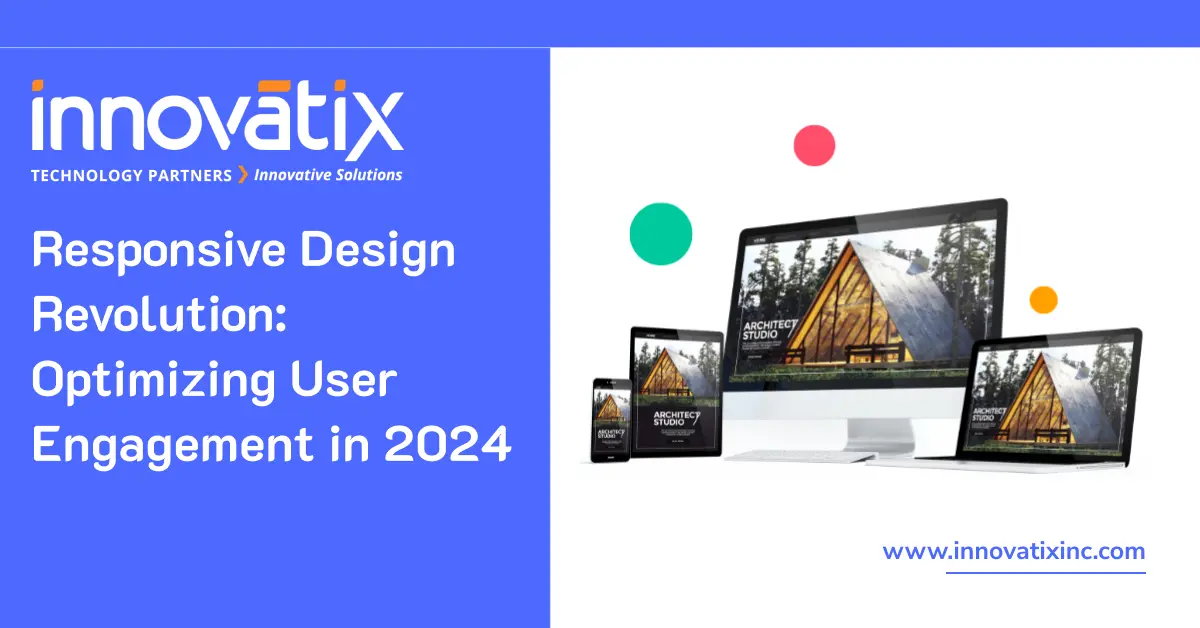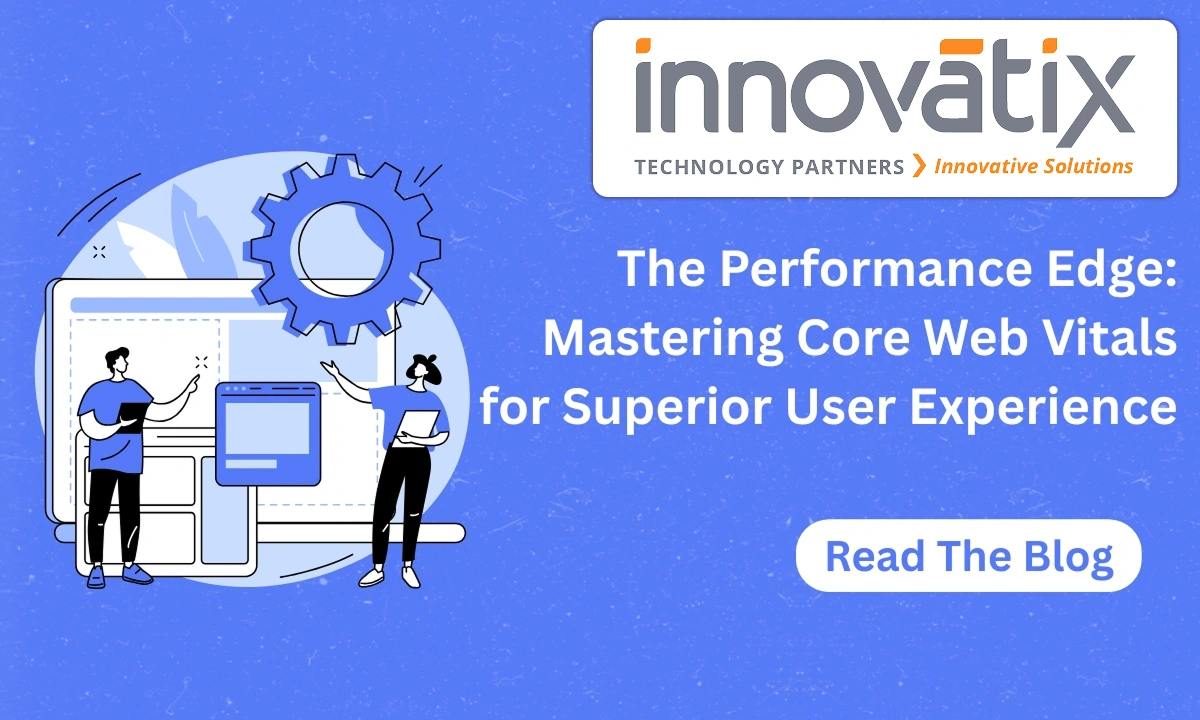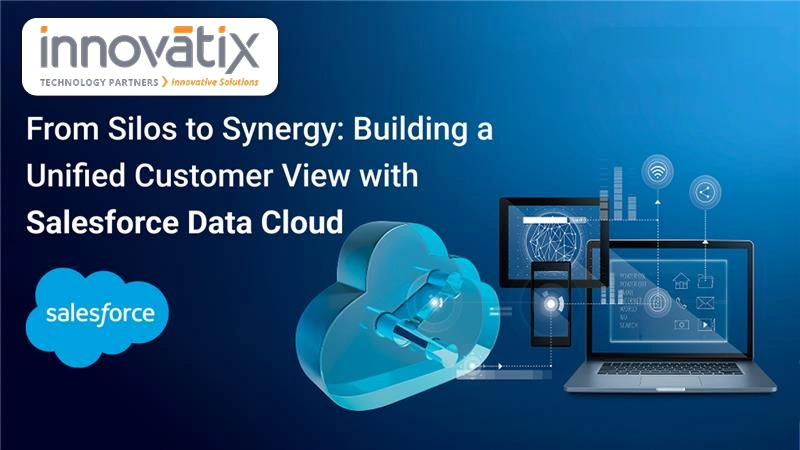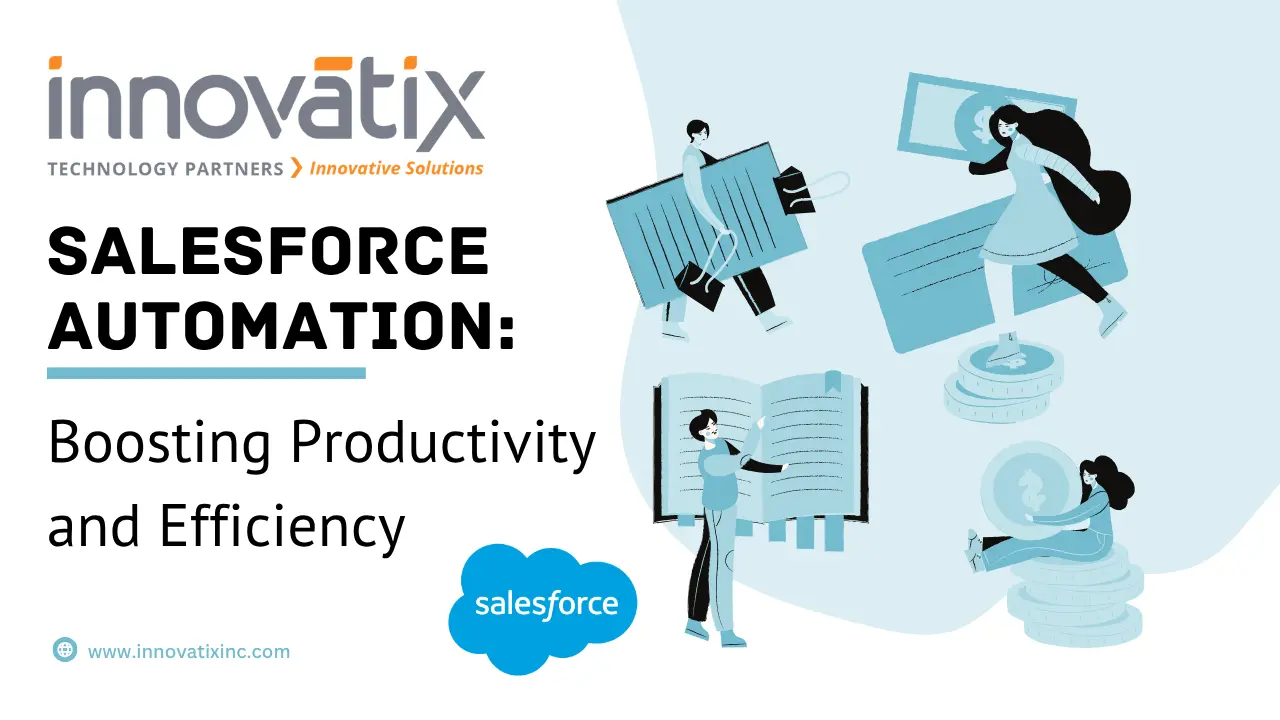
The Evolving Developer Role: From Doing to Directing with AI
The landscape of software development is undergoing a profound transformation, driven by the rapid advancements in Artificial Intelligence. What was once a domain primarily focused
Home » Enterprise Services

The landscape of software development is undergoing a profound transformation, driven by the rapid advancements in Artificial Intelligence. What was once a domain primarily focused

The digital landscape is a constantly shifting terrain. In the year 2024, the dominance of mobile devices for online interactions is undeniable. A recent study

It’s always the first impression of your website that can make or break your business. Users expect websites to load quickly, respond instantly, and behave

Customer data is one of the most valuable assets a company can possess. Every interaction—whether it’s a purchase, a service inquiry, a social media comment,

The demand for scalable, efficient, and cost-effective application development solutions continues to grow, and serverless computing is at the forefront of this transformation. By eliminating

While the businesses of all industries battling to innovate, automate, and deliver at an unprecedented pace, the imperative to evolve isn’t going away. However, traditional

In the fast-paced business environment, companies are always on the lookout to enhance productivity and efficiency as well as improve customer relationship. One of the

Customer relationship management (CRM) systems have become indispensable for fostering and enhancing customer interactions. These systems empower organizations to streamline processes, gain deeper insights into

As part of the digital transformation journey, we see Artificial Intelligence (AI) being a key enabler in the optimization of operational efficiencies and innovation of